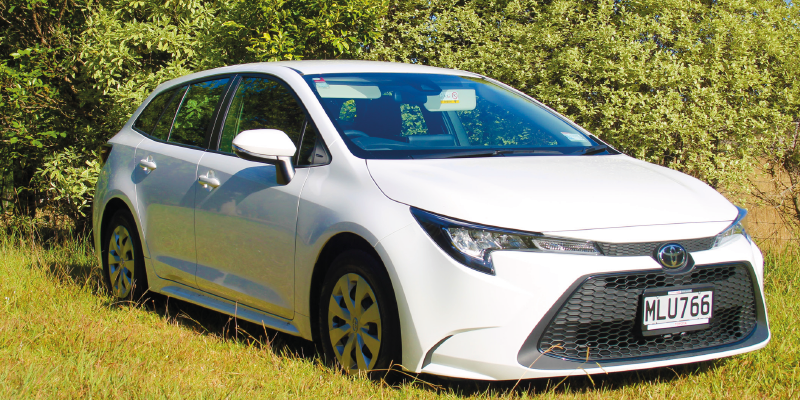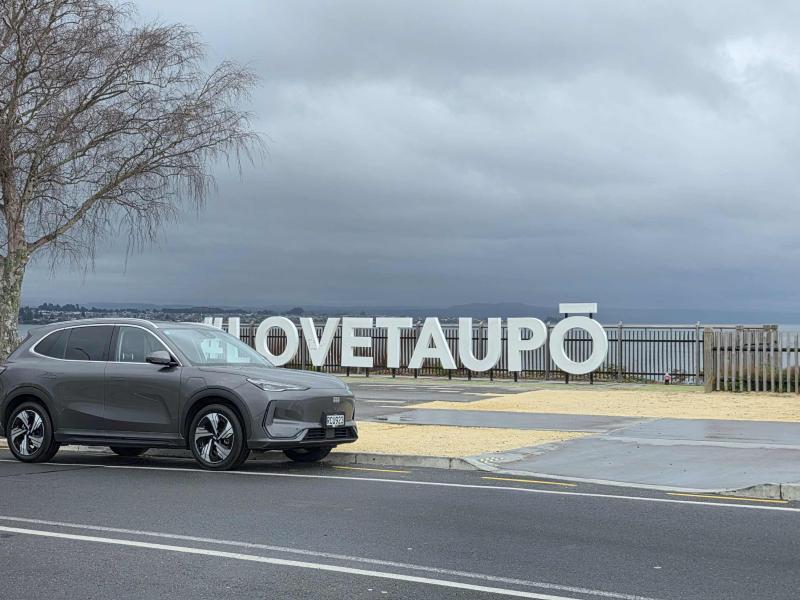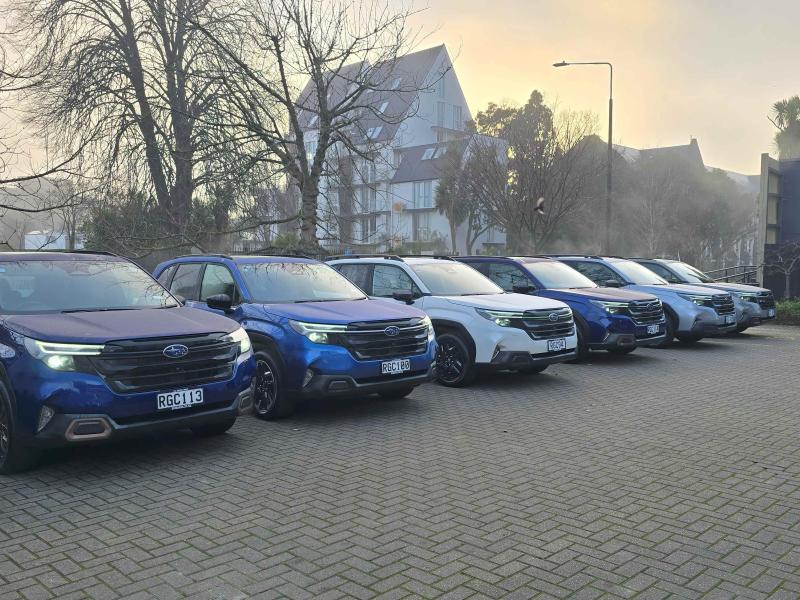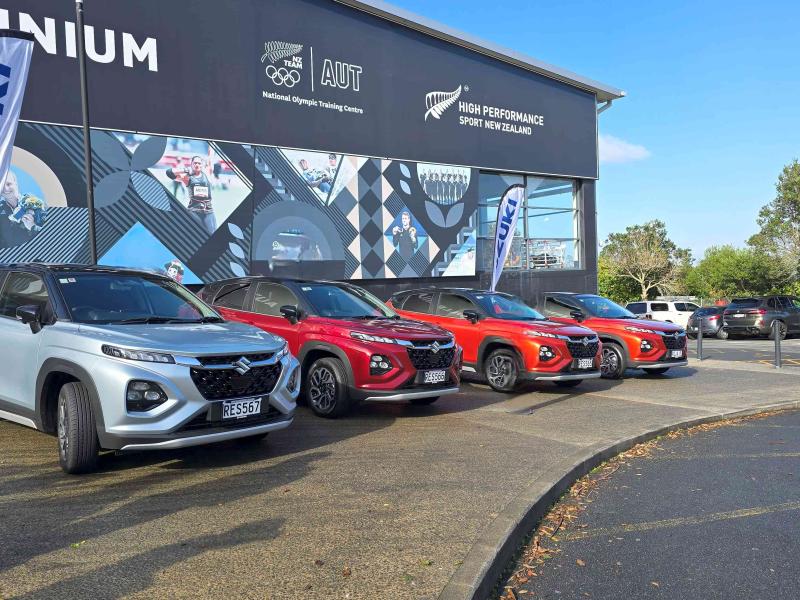Toyota introduced the 12th generation Corolla in 2018, but something was missing at the time...
All that was presented back then was the hatchback. Corolla being what it is for Toyota, surely there was more to come than just a three-model line-up of – popular though they may be – sawn-off five-doors?
The complete model roll-out was a long drawn out process taking us through to 2020 before we would see all body-styles available, including new sedans and the more-practical-than-a-hatchback wagon.
Company Vehicle magazine firmly believes the wagon to be the hero of the New Zealand SME automotive landscape, from yesterday to now and tomorrow.
So, when we found out Toyota had upgraded its wagon, we were more than a little pleased.
While it is closer in styling to the hatchbacks and sedans than previous iterations, the 2020 Corolla wagon is still a bit different to the regular ‘Rollas.
In the first instance, the wagon runs a 1.8-litre engine – upgraded from the woeful 1.5-litre of the previous model, but still shy of the two-litre mill found in the current crop of hatchbacks and sedans.
Corolla wagon’s engine is a basic sequential fuel injection engine over the more sophisticated D-4S, direct and port injection unit found in the hatch.
Corolla wagon has a CVT (continuously variable transmission) – but doesn’t share the more efficient Direct Shift CVT of its stablemates, relying instead on an older version, apparently better suited to the 1800cc engine.
Is the new Corolla wagon then, the poor cousin as it always has been? Not so much these days.
As well as the safety kit upgrade, the wagon has seen an increase in engine displacement, improved specification – which includes Apple CarPlay and Android Auto – and much improved styling, which is now more relative to the hatch and sedan. And then there’s practicality.
The wagon’s cargo area expands from 392 to 800 litres with a flick of a lever to a – mostly – flat rear cargo area which can accommodate loads of a decent length.
Toyota has also lowered the roof height and improved the design to maximise efficiency, thus making the Corolla wagon a load carrier par excellence.
From a driver’s perspective, the Corolla wagon is not a track or performance car and nor will it ever be.
It does handle better than you might expect a cargo hauler to, but then it’s hard to think of the Corolla wagon as a regular cargo carrier when you read up the spec’ sheets.
You see, the Corolla wagon – while longer than the hatch – is also slightly taller, but slightly narrower.
It is also significantly lighter and runs on smaller tyres as standard.
The upshot of the dimensional wizardry is that the ‘humble’ Corolla wagon is actually not so far removed – in terms of handling and ride quality – from the considerably smaller hatchback, and that’s something the previous model could not claim.
Toyota has also ensured the popularity of the Corolla wagon by bringing it into line pricewise.
Therefore, for a vehicle with greater practicality than the hatch, which handles similarly to the hatch, and has much of the same safety features of the hatch, is priced the same as the hatch.
It just comes down to which best suits your SME business application.
TSS is the umbrella under which Toyota puts is top end safety tech.
It includes, but is not limited to: autonomous emergency braking, the three-step pre collision system which factors in vehicle, pedestrian and bicycle collision prevention, lane departure alert with steering assist function, dynamic radar cruise control which is road sign assist linked and automatic high beam adjustment.
All of the above is in addition to things like ABS brakes, active cornering assistance, traction control, vehicle stability control, drive start control, electronic brakeforce distribution, hill start assist, seven airbag complement and a reversing camera with dynamic guidelines to track the vehicle direction.
Specifications:
BODY TYPE 5 door station-wagon
DRIVE Front/ CVT
ENGINE TYPE Sequential inject. 4-cylinder, petrol
ENGINE CAPACITY 1798cc
MAX POWER 104kW @ 6100rpm
MAX TORQUE 171Nm @ 3900rpm
L/100KM (COMBINED) 6.8
CO2 EMISSIONS 159g/km
BOOT CAPACITY 392 – 800 litres
ANCAP RATING Not rated
PRICE $29,990






